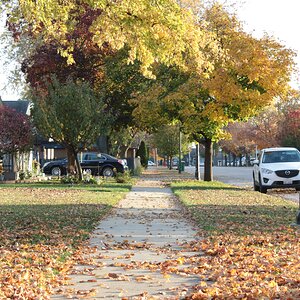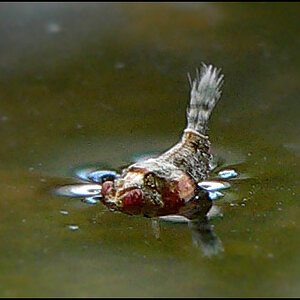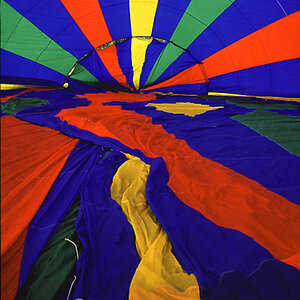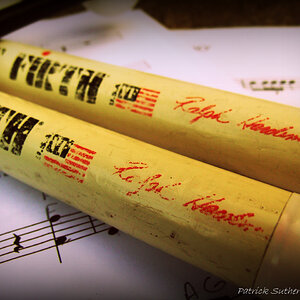- Joined
- May 1, 2008
- Messages
- 25,422
- Reaction score
- 5,003
- Location
- UK - England
- Website
- www.deviantart.com
- Can others edit my Photos
- Photos OK to edit
Mine doesn't to that.... focus to minimum and it's still 2.8.
Hmm I thought Nikon did that with most lenses, both own and 3rd party ones. What lens are you using?













